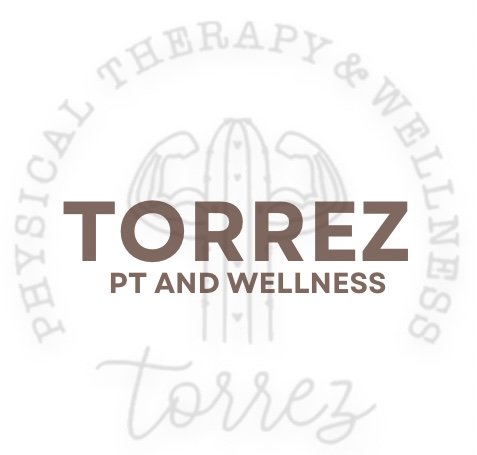Frozen shoulder-The cold, hard truth.
Adhesive capsulitis of the shoulder, more commonly referred to as frozen shoulder, is a condition that is common yet poorly understood. Its etiology is unknown and can often occur when there are no issues within the shoulder. The most common symptoms are moderate to severe pain which worsens at night and loss of mobility. X-rays often are unremarkable, but it can usually be identified on an MRI. A physical therapist can perform an assessment of pain, range of motion, assess the joint integrity and typically rule in or rule out a frozen shoulder. There are two classifications of frozen shoulder-primary and secondary. Primary is often associated with some disease and conditions such as diabetes, Parkinson’s and thyroid conditions. It also occurs more often in females than males. If you have one of the above conditions and or are female, you are at higher risk of developing idiopathic frozen shoulder. Secondary is typically a result of a shoulder injury or immobilization from a shoulder injury. Pain from the initial injury reduces their movement which can result in frozen shoulder. Adhesive capsulitis can occur in other joints, but for unknown reasons the shoulder joint is most impacted of all the joints in the body.
With frozen shoulder, adhesions form in and around the shoulder joint causing the humeral head (the ball of your shoulder) to adhere to the joint capsule (socket). It typically progresses through 3 stages: freezing which is the early painful stage, frozen which usually involves a large loss of range of motion, and thawing which is when the shoulder starts to move again. The freezing stage starts with a gradual onset and can last around 2-9 months. Lessening of pain is a hallmark sign that they have entered the “frozen stage.” A moderate to severe loss of range of motion into external rotation, abduction, flexion is a the most typical pattern one presents with. Internal rotation is often impacted as well. The frozen stage can last anywhere from 4-12 months. During the thawing stage, the person starts to slowly regain some of their previously lost range of motion. This can take 18-26 months and some say even up to 3 years with people ongoing continuing to report mild pain and motion deficits.
Many medical professionals often describe frozen shoulder as a “self-limiting” condition because people avoid moving the arm because of how painful it is. Historically it has been suggested that if you let it run its course you will regain function in your shoulder again. From my personal experience, many people don’t fully recover their mobility if they do this.
So, what can you do if you have a frozen shoulder?
In my experience with frozen shoulder over the years, intraarticular corticosteroids in combination with physical therapy have produced the best outcomes. Early mobility and consistent mobility are imperative for one’s recovery. This means daily intentional movement, stretching. I have had great success with isometrics when the shoulder is extremely painful to move. It should be noted that when the conditions fails to improve, surgeons will often perform a shoulder manipulation followed by a steroid injection. If done early one can often avoid the natural progression of a frozen shoulder. If you think you might have a frozen shoulder it is important that you see a medical professional as soon as possible to get it diagnosed and begin treatment. We offer free phone consultations and mobile physical therapy visits in the Greater Phoenix area. TPTW brings outpatient therapy to your home and delivers 1 on 1 treatment. Give us a call today 575-499-4249
-Savannah Torrez, PT, DPT
“If you are persistent, you will get it. If you are consistent, you will keep it.”
